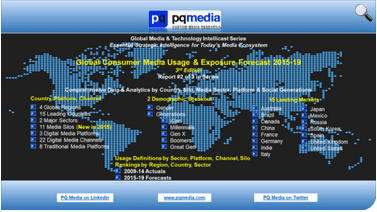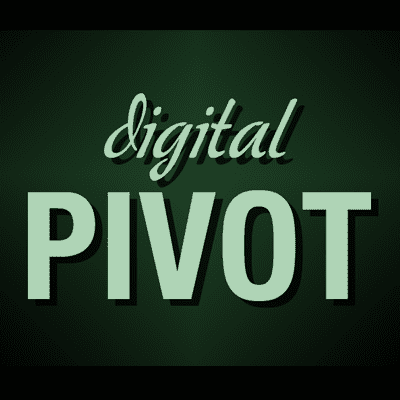
Study shows Gen-X to lead 2.1% decline in traditional media consumpion by 2019
PREVIOUSLY PUBLISHED TO THE EXAMINER
According to a Feb. 2nd disclosure by PQ Media, a leader in competitive intelligence and market research for some of today’s top media and technology organizations, traditional media consumption is declining and is predicted to be consumed 2.1 percent less by 2019.
We have already seen a 2.4 percent decline in 2015, leaving us consuming traditional media at a rate of 46.8 hours weekly – down 10 hours from 2009. Television makes up over 50.2% of this figure with 32.4 hours spent consuming media, weekly. This factor does not differentiate between smart TVs and traditional television sets.
Reflected through a 7.3 percent rise in digital media consumption for 2015, users were often engaged in customized, interactive experiences, leaving traditional media platforms less desirable and often kicked to the curb – literally.
Intelligence has been collected between the five consumer types, 15 leading global markets in three broad categories and within 22 specific media channels. Digital media usage accounts for 27.7% of our media consumption in the United States.
While Millennials are known for their dependence on technology and the impact on evolving business models, 2015 showed us that it is actually the Gen-X crowd that most heavily consumes digital media interests. In fact, they spend almost 25.3 hours a week on average in digital media consumption. Even the iGen crowd, the youngest group of media consumers, is only spending 39% of their time in front of an electronic device — and this is evenly spread amongst multiple digital media channels.
The Gen-X crowd is spending almost as much time consuming multiple digital media channels simultaneously, as the average hours are spent working a part-time job!
With 2016 birthing a plethora of technologies related to health and fitness, targeting baby boomers and the elderly, it is also expected that the average consumption of digital media will boost substantially, increasing the weekly average from 13.2 hours.
In 2015, as a whole, the average American spent 23.9 hours a week consuming digital media in some way, shape or form. Contributors include access and adoption of smartphones, tablets and wearable technologies. It is also reflected through launch consumption of new market gaming consoles, in additio to political and sporting events.
Despite controversy in the recording industry, surrounding digital music piracy and media consumption, it continues to be the fastest-growing outlet for digital media to date. In 2015, it has made up 33.5% of total media consumption in the US. Benefiting the Music Industry and advocating for the recording artist, this was achieved through a sharp increase in music subscription services.
Digital media music consumption often overlaps time spent on social media and collaborating online. This number does not depict consumption of digital downloads and solely reflects access through a connected device.
“Increasingly, online and mobile media usage is being driven by the digital brand extensions of traditional media, driving up overall media as more content is re-purposed for digital devices, such as internet and mobile video streaming of TV programs and movies; online radio stations; web-based multiplayer editions of console video games; and mobile newspaper and magazine apps,” said PQ Media President and COO, Patrick Quinn.
Combined digital media usage and traditional media consumption totaled 64.7 percent of hours consumed by the average American on a weekly basis. This number is expected to increase to 67 hours in 2019. Increased availability of user-generated content will replace traditional media and content produced in-studio.




